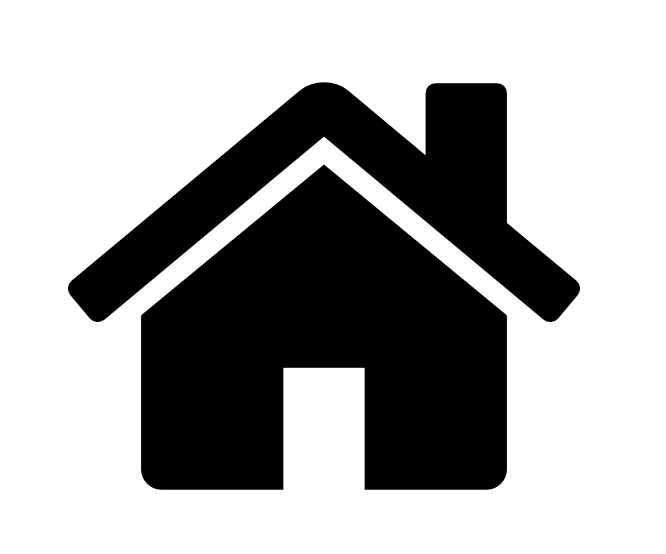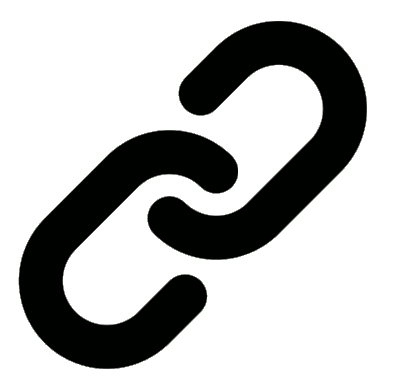| Re: Standardisation of Time and the Railway Clearing House Posted by Witham Bobby at 09:59, 28th April 2025 |     |
A bit more about the Railway Clearing House
Text said to be from 1935 at https://www.railwaywondersoftheworld.com/clearing-house.html
Text said to be from 1935 at https://www.railwaywondersoftheworld.com/clearing-house.html
A PROSPECTIVE passenger can walk into any station booking-office in Great Britain and purchase a ticket for practically any other station in the country - and that ticket will take him right through to his destination, irrespective of the ownership of the lines over which he may have to travel.
The traveller may buy a ticket at Dover, on the Southern Railway, for - say, Oban, served by the LMS. How is the ticket money shared?
Again, a train of goods wagons on any line will often bear the initials of all the railway companies - GWR, LMS, LNER, SR. How is carriage paid for on the goods in these wagons - running as they do over the lines of other companies?
In both instances settlement is made through the Railway Clearing House. The story of the RCH, as it is usually known, goes back to the very early days of railway operation. At first there was no provision for through booking by passengers. It was not possible to send goods throughout the journey in the same wagon.
The travelling public soon began to demand the convenience of through booking. Merchants, too, dissatisfied with the loss and delay occasioned by transhipping goods from one company’s wagons to those of another, agitated for a system of through-invoicing for goods traffic. The railways were forced to give facilities to meet the general demand, but for a time the difficulties of settlement between the various companies were a bar to progress.
The traveller may buy a ticket at Dover, on the Southern Railway, for - say, Oban, served by the LMS. How is the ticket money shared?
Again, a train of goods wagons on any line will often bear the initials of all the railway companies - GWR, LMS, LNER, SR. How is carriage paid for on the goods in these wagons - running as they do over the lines of other companies?
In both instances settlement is made through the Railway Clearing House. The story of the RCH, as it is usually known, goes back to the very early days of railway operation. At first there was no provision for through booking by passengers. It was not possible to send goods throughout the journey in the same wagon.
The travelling public soon began to demand the convenience of through booking. Merchants, too, dissatisfied with the loss and delay occasioned by transhipping goods from one company’s wagons to those of another, agitated for a system of through-invoicing for goods traffic. The railways were forced to give facilities to meet the general demand, but for a time the difficulties of settlement between the various companies were a bar to progress.
And not a computer or AI anywhere in the process. How labour intensive and costly must this process (and all accountancy) been, back in the day!
| Re: Standardisation of Time and the Railway Clearing House Posted by grahame at 15:18, 25th April 2025 |     |
A bit more about the Railway Clearing House
Text said to be from 1935 at https://www.railwaywondersoftheworld.com/clearing-house.html
A PROSPECTIVE passenger can walk into any station booking-office in Great Britain and purchase a ticket for practically any other station in the country - and that ticket will take him right through to his destination, irrespective of the ownership of the lines over which he may have to travel.
The traveller may buy a ticket at Dover, on the Southern Railway, for - say, Oban, served by the LMS. How is the ticket money shared?
Again, a train of goods wagons on any line will often bear the initials of all the railway companies - GWR, LMS, LNER, SR. How is carriage paid for on the goods in these wagons - running as they do over the lines of other companies?
In both instances settlement is made through the Railway Clearing House. The story of the RCH, as it is usually known, goes back to the very early days of railway operation. At first there was no provision for through booking by passengers. It was not possible to send goods throughout the journey in the same wagon.
The travelling public soon began to demand the convenience of through booking. Merchants, too, dissatisfied with the loss and delay occasioned by transhipping goods from one company’s wagons to those of another, agitated for a system of through-invoicing for goods traffic. The railways were forced to give facilities to meet the general demand, but for a time the difficulties of settlement between the various companies were a bar to progress.
The traveller may buy a ticket at Dover, on the Southern Railway, for - say, Oban, served by the LMS. How is the ticket money shared?
Again, a train of goods wagons on any line will often bear the initials of all the railway companies - GWR, LMS, LNER, SR. How is carriage paid for on the goods in these wagons - running as they do over the lines of other companies?
In both instances settlement is made through the Railway Clearing House. The story of the RCH, as it is usually known, goes back to the very early days of railway operation. At first there was no provision for through booking by passengers. It was not possible to send goods throughout the journey in the same wagon.
The travelling public soon began to demand the convenience of through booking. Merchants, too, dissatisfied with the loss and delay occasioned by transhipping goods from one company’s wagons to those of another, agitated for a system of through-invoicing for goods traffic. The railways were forced to give facilities to meet the general demand, but for a time the difficulties of settlement between the various companies were a bar to progress.
| Re: Standardisation of Time and the Railway Clearing House Posted by Electric train at 18:36, 22nd September 2023 |     |
I have a feeling that somewhere within NR there must be a place where disagreements between the different bits (geographic, functional, etc.) can be settled. Just being part of one organisation does not stop that being needed.
There is, part of the Andrew Haines "Putting Passengers First" devolution of Network Rail means that each Route or Region has a panel with its TOC's n FOCs where any delay attribution that has not be accepted goes to the Route Panel. For inter Route delay attributions can go to the Regional panel or for Route delay attribution that cannot be resolved at Route level. For inter Regional delay attribution it can go to the National panel or rarely for Region level that cannot be resolved.
The actual Route / Region structure depends on the Region.
Its a micro industry in its own right
| Re: Standardisation of Time and the Railway Clearing House Posted by stuving at 16:12, 22nd September 2023 |     |
So - what is the modern day equivalent of the Railway Clearing House?
Some of it is the RSSB, things like BS and EN (TSI's etc) there are also Railway Group Standards most of all these can trace most if not all of their roots to RCH, there are also European Railway standards utilised in the UK
That's on the technical side, but RCH was initially, and mostly, about accounting for fares and goods charges that were shared between companies (hence its name). That is now done by RSP, within RDG which does similar things to the wider commercial and representative functions of RCH.
There were also track access charges, between companies, where RCH settled not only bills but disputes (to a limited degree). That function now happens with and within Network rail, with ORR having powers of enforcement that RCH never had.
I have a feeling that somewhere within NR there must be a place where disagreements between the different bits (geographic, functional, etc.) can be settled. Just being part of one organisation does not stop that being needed.
| Re: Standardisation of Time and the Railway Clearing House Posted by Electric train at 11:16, 22nd September 2023 |     |
So - what is the modern day equivalent of the Railway Clearing House?
Some of it is the RSSB, things like BS and EN (TSI's etc) there are also Railway Group Standards most of all these can trace most if not all of their roots to RCH, there are also European Railway standards utilised in the UK
| Standardisation of Time and the Railway Clearing House Posted by grahame at 08:22, 22nd September 2023 |     |
From Wikipedia
On 22 September 1847, the RCH recommended that Greenwich Mean Time be adopted as the standard time for all railways in the United Kingdom.
The RCH went on to set technical standards for various items, such as goods wagons, to promote standardisation across the rail network. If a wagon was described as an RCH wagon, this meant it had been built to comply with RCH standards.
The RCH set technical standards for cable connections between coaches for the remote operation of systems; they were initially used only for control of train lighting. These cables were known as RCH jumpers, and in the 1970s a system for push-pull trains was developed which used the RCH cable, eliminating the need for a separate control cable to be fitted to intermediate coaches.
The RCH produced Railway Junction Diagrams (RJDs), which show the junctions where two or more railway companies met, and the distances between these junctions and nearby stations and junctions, in order to aid the calculation of mileage-based rates. Starting in 1859 it also issued what has been described as the "most superb series of railway maps ever produced in the United Kingdom."
The RCH went on to set technical standards for various items, such as goods wagons, to promote standardisation across the rail network. If a wagon was described as an RCH wagon, this meant it had been built to comply with RCH standards.
The RCH set technical standards for cable connections between coaches for the remote operation of systems; they were initially used only for control of train lighting. These cables were known as RCH jumpers, and in the 1970s a system for push-pull trains was developed which used the RCH cable, eliminating the need for a separate control cable to be fitted to intermediate coaches.
The RCH produced Railway Junction Diagrams (RJDs), which show the junctions where two or more railway companies met, and the distances between these junctions and nearby stations and junctions, in order to aid the calculation of mileage-based rates. Starting in 1859 it also issued what has been described as the "most superb series of railway maps ever produced in the United Kingdom."
Here are some sample maps:



So - what is the modern day equivalent of the Railway Clearing House?










